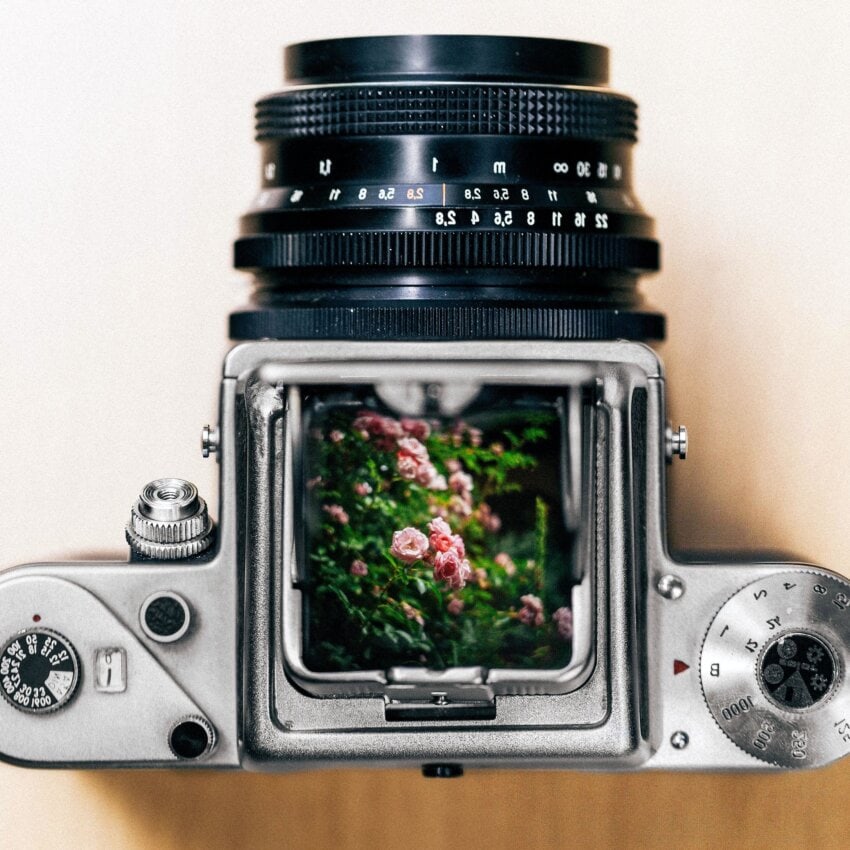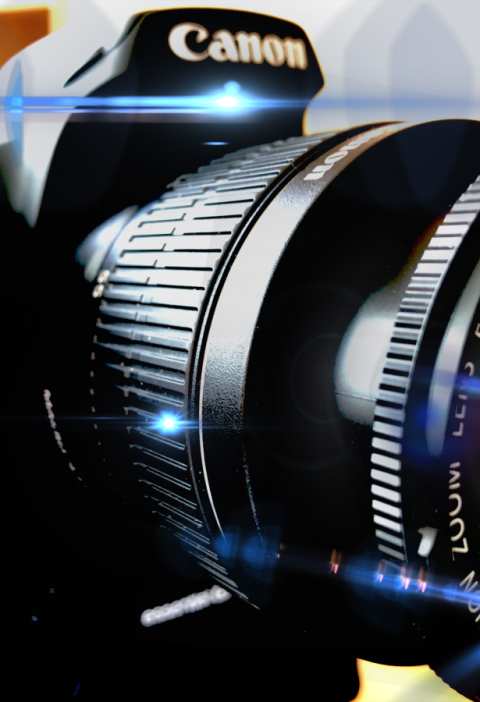Which focal lengths of photo lenses are used in digital photography? The choice can be difficult to make between zoom and fixed focal length, flexibility and displacement. Let’s see closer below.
What is the focal length of a lens?
The focal length or focal length: this data, expressed in millimetres, is the distance between the front lens and the sensor. It determines the field of view and the magnification of the image.
Thus, with a long focal length, the field of view is narrowed, and magnification is essential. Conversely, a short focal length offers a low magnification compared to the human eye but gives a vast field of view.
– The focal length closest to the human eye is 43 mm, corresponding to the diagonal of old silver films 24*36 mm.
– Below 43 mm, we tend to the wide-angle; we see wider.
– Above 43 mm, we see more narrowly; this is the domain of telephoto lenses.
Be careful with medium format cameras; you must take a conversion ratio into account: a focal length of 50 mm displayed on the lens corresponds, in fact, to approximately 75 mm, according to the camera.
Camera: fixed focal length or zoom?
There are two leading families of lenses:
– The zooms: offer a variable focal length range that can cover the wide angle (10-24mm, for example), the standard (24-70mm) or the telephoto focal lengths (100-400mm). Zooms represent almost 9 out of 10 sales.
– Fixed focal lengths: each lens corresponds to a single focal length (35mm, 50mm, 400mm). They are better quality lenses but also much more expensive.
The fixed focal length is one of the two prominent families of lenses with zooms. Less known by the general public, it is particularly appreciated by professionals and enlightened amateurs.
What is a fixed focal length lens?
A fixed focal length lens is a simple optic that allows a photographer to take images from a single angle of view.
Unlike a zoom lens, the focal length does not vary.
Advantages and disadvantages of fixed focal lengths
Advantages
Fixed focal lengths have several significant advantages:
– an optimal and stable optical performance,
– an excellent correction of chromatic and geometric aberrations,
– a minimum focus closer to the camera,
– an aperture far superior to that of zooms…
Disadvantages
Here are some disadvantages of fixed focal lengths:
– The lack of versatility: it is up to the photographer to move forward or backward to change his point of view with the subject. This disadvantage is also an advantage because you learn to position yourself correctly.
– Price: fixed focal lengths are more expensive, and not all customer segments see the price-quality ratio similarly.
– The size: fewer lenses and therefore less heavy, but you need several lenses to cover the same field of focal lengths.
Which fixed focal length to choose?
Several criteria should be taken into account when choosing a fixed focal length:
– The type of photos taken: choose wide-angle for landscape and narrower focal lengths for portraiture, for example. Some lenses are specially designed for macro photography or special effects, such as fisheye.
– The aperture: fixed focal lengths allow a larger aperture than zooms. Photographers prefer brighter lenses that open to 1.2 rather than 4, for example.
– The motorization of the autofocus: better to prefer ultrasonic motors for optimal speed and discretion.
– The price is related to the aperture because the very bright optics are also costly. The price also varies with the quality of manufacture.
Zooms are one of the two main types of lenses with fixed focal lengths. They are the most used by the general public and come in various angles than standard and telephoto lenses.
What is a zoom lens?

A zoom lens is a variable focal length lens. The focal length changes thanks to a system that moves the lenses inside the barrel. Thus with a zoom lens, a photographer has a wide range of angles of view.
– The amplitude of the zoom varies according to the model. However, it should be noted that the greater the range, the poorer the overall optical quality.
– The zooms can either have a constant aperture of 2.8, for example, or a floating aperture oscillating between 4 and 5.6.
Advantages and disadvantages of zooms
Here are the main advantages of camera zooms:
– Versatility: no need to change lenses all the time
– Size: if a zoom lens is heavier than a fixed focal length, a single lens is enough to cover a wide range of focal lengths
– The price: zooms are cheaper than fixed focal lengths
– Maintenance: using a zoom lens also means changing lenses less often, so there is less risk of dust entering the body or the back lens.
However, the optical quality is irregular depending on the focal length.
Which zoom lens to choose?
Several criteria must be considered before buying a zoom lens:
– The type of images taken: even if the zoom lens is more versatile than a fixed focal length, the less wide its focal range, the better the photos will be. There are wide-angle and standard zooms and telephoto lenses.
– The aperture: the ideal is to choose a fixed aperture; the lenses with variable focal lengths are generally less good quality. It is better to choose large apertures to be able to take pictures in a maximum of light conditions.
– The motorization: for fast and silent focusing, ultrasonic models are to be preferred.
– Stabilization: in low light, the lens’s stabilization allows for the gain of several f-stops without having a blurred photo.
– The price: I prefer quality optics, which is a sustainable investment.




